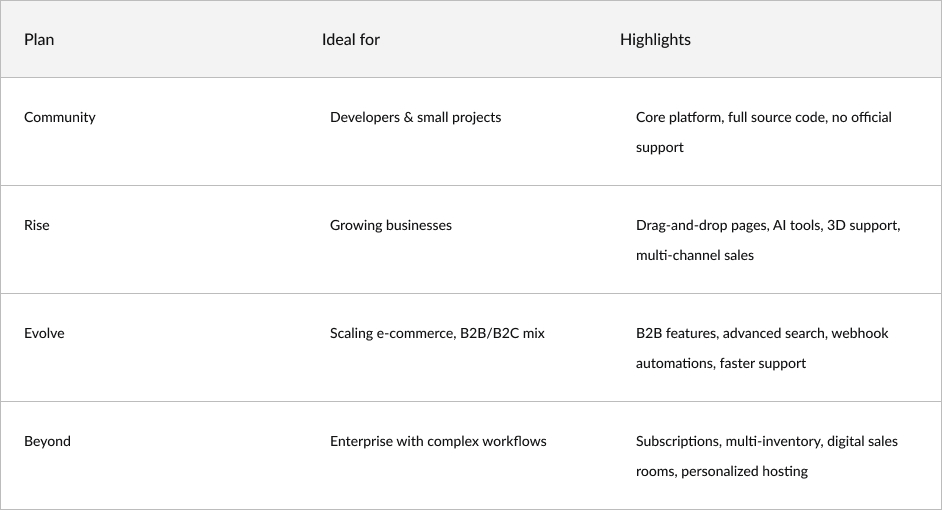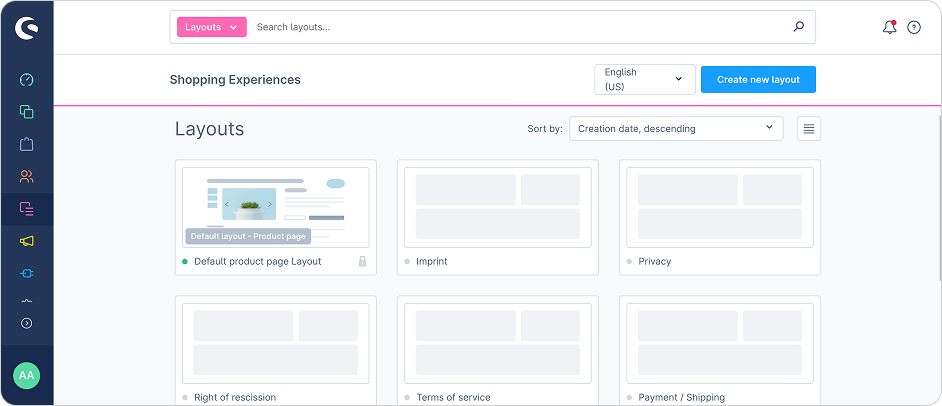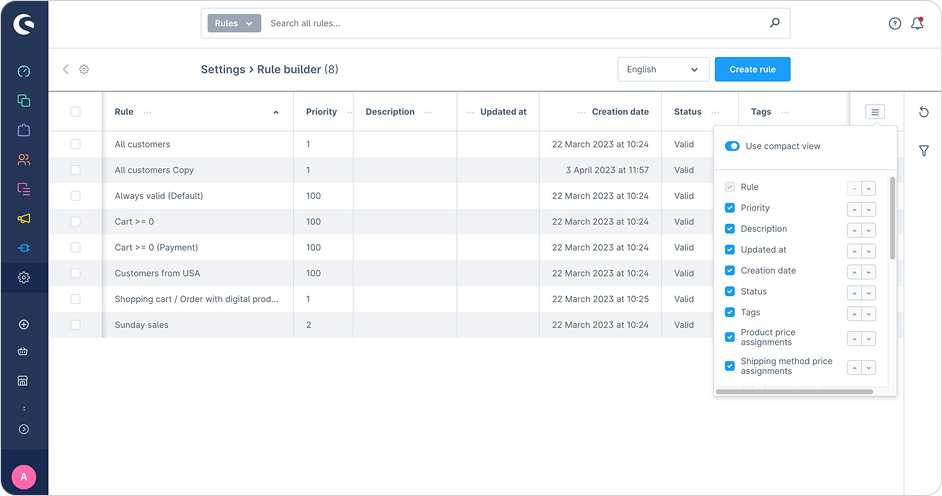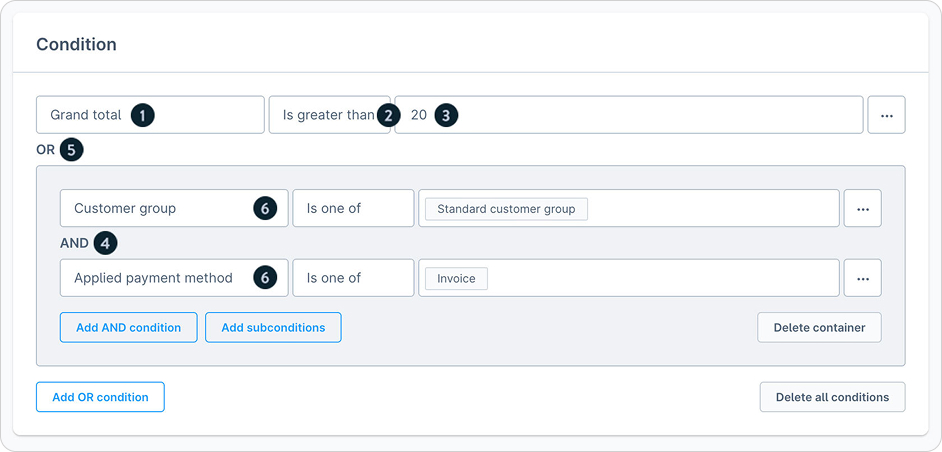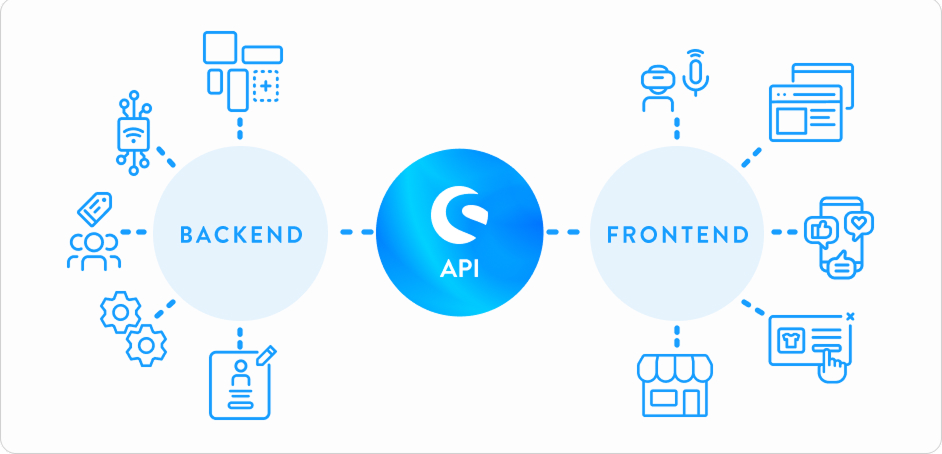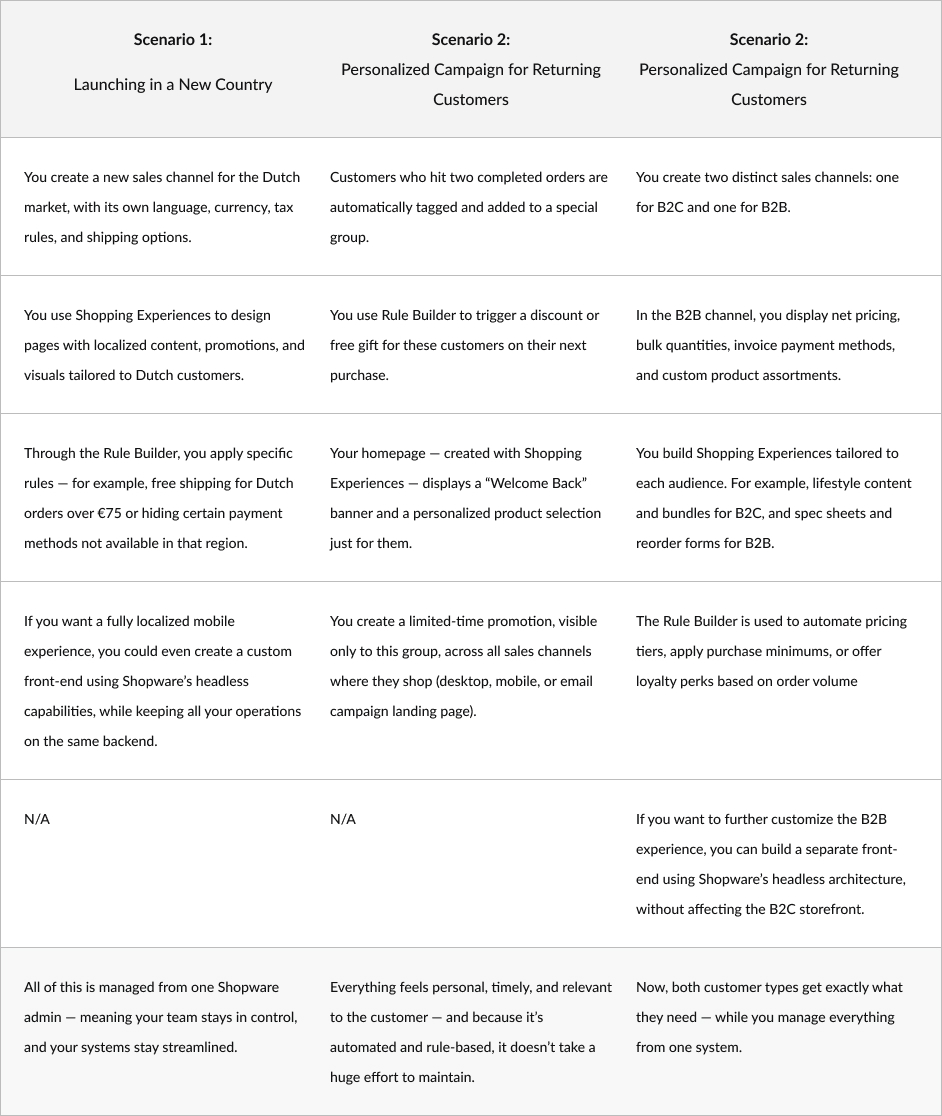Shopware - Core Concepts
Discover the key features that define Shopware’s core framework. This page explains essential concepts such as Shopping Experiences, Rule Builder, and Headless Commerce. solution25 breaks down how these tools work together to support both flexibility and growth across e-commerce projects.
